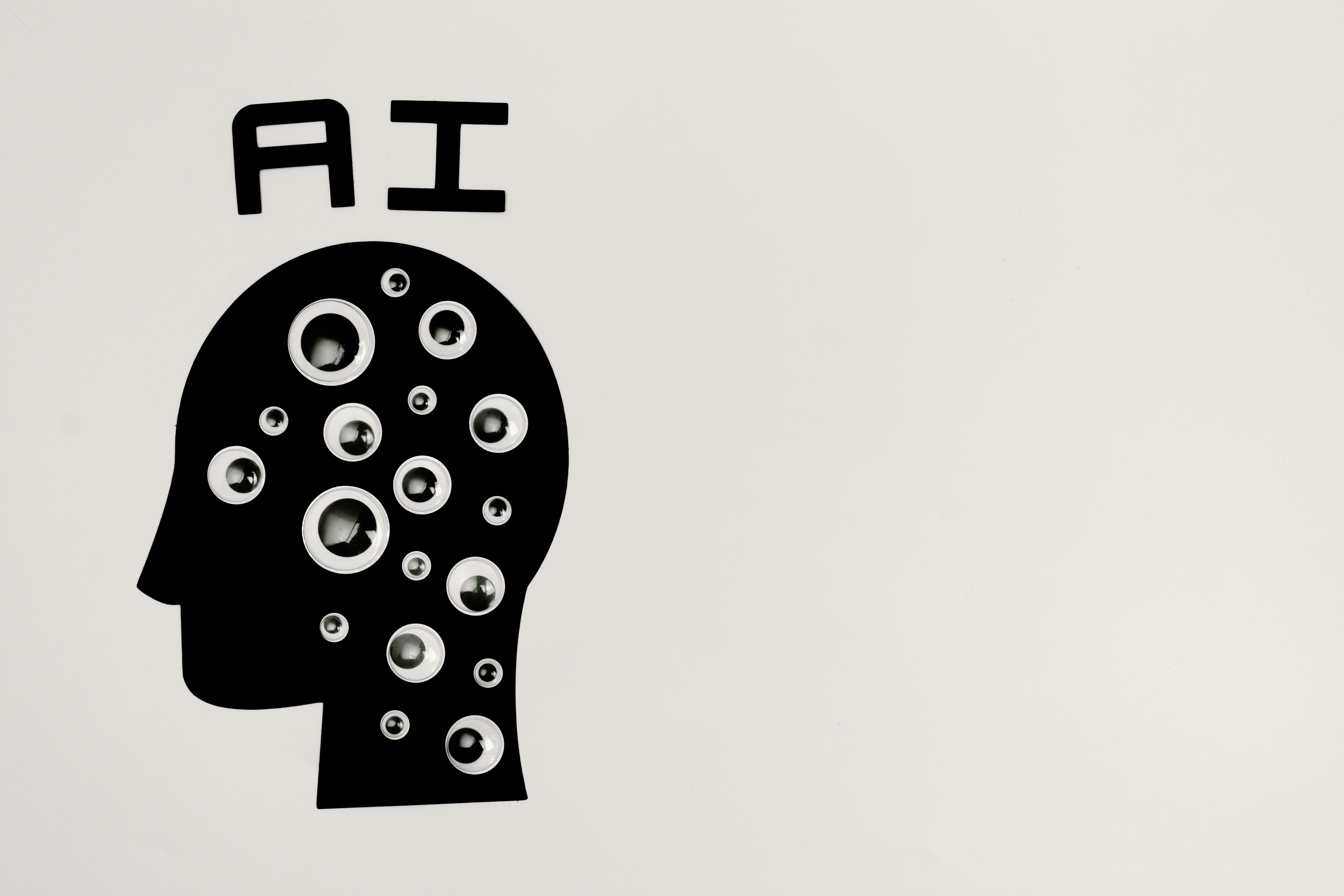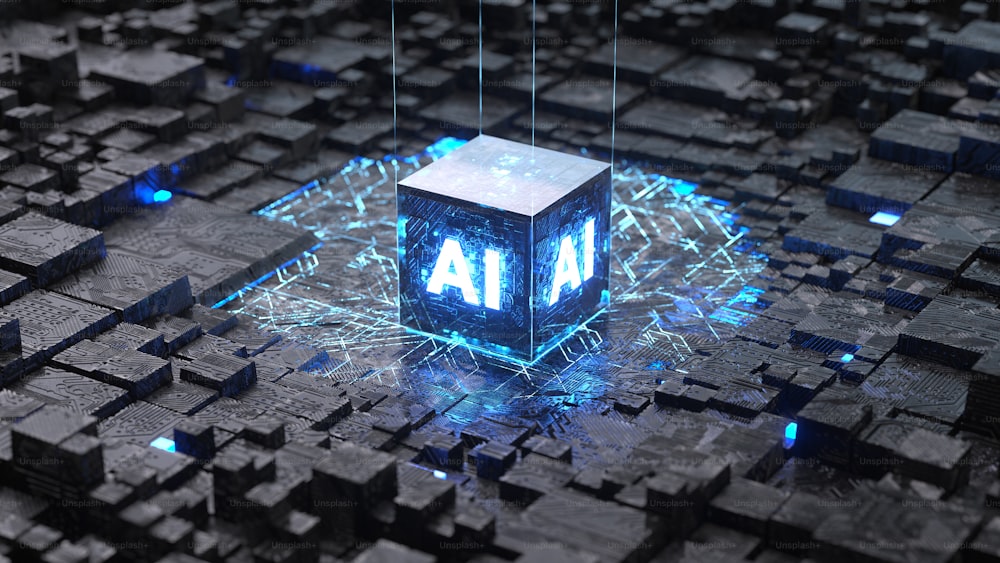Natural Language Processing: Dwell Deep into AI
Artificial intelligence (AI)’s Natural Language Processing (NLP) discipline makes it possible for computers to interpret and analyze spoken and written human language. In place of programming or artificial languages like Java or C, it was designed to create software that generates and comprehends natural languages, enabling users to conduct natural conversations with computers.
While simpler speech-to-text software can translate our spoken words into written words, it cannot incorporate computational linguistics and natural language processing (NLP).
An overview of Natural Language Processing
Image credits: Unsplash.com
Artificial intelligence and computer algorithms are used in natural language processing, or NLP, to make computers recognize and react to human speech.
Although there are many different NLP techniques, most of them entail segmenting voice or text into distinct subunits and then matching these to a database that has information about how these units fit together based on prior experience.
Over the past several years, text-to-speech apps—which are now available on the majority of iOS and Android platforms—as well as smart speakers like Google Home and the Amazon Echo (Alexa) have become commonplace instances of natural language processing (NLP).
Towards a simple life
The goal of the technology industry is to employ artificial intelligence (AI) to make life easier, and natural language processing (NLP) is one step towards this goal. Many businesses have found that the digital world has changed the game as more and more tech-savvy people discover new methods to communicate with businesses and with one other online.
Social media has changed what it means to be a community; cryptocurrencies have altered the accepted practices for digital payments; e-commerce has given the word convenience a new meaning; and cloud storage has made data preservation accessible to a wider audience.
World of possibilities
Image credits: Unsplash.com
AI-enabled disciplines like deep learning and machine learning are unleashing limitless potential. Data analytics is using machine learning more and more to interpret large amounts of data. However, without the innovation of Natural Language Processing (NLP), these forward-thinking machine learning applications would not be feasible.
Stages of Natural Language Processing
To process voice and human or natural languages, NLP blends artificial intelligence (AI) with computer science and computational linguistics. There are three components to the process. The computer performs a speech recognition procedure that translates natural English into a programming language using an integrated statistical model. It accomplishes this by dissecting a recent speech it hears into tiny units and contrasting them with earlier units from an earlier speech.
Speech-to-text process
Image credits: Unsplash.com
The text formatted output or result uses statistical analysis to identify the words and sentences that were most likely spoken. We refer to this initial effort as the speech-to-text process.
Part-of-Speech Task: Natural Language Processing
The next job is known as word-category disambiguation, or part-of-speech (POS) tagging. This method uses a set of lexicon rules that are encoded into the computer to identify words in their grammatical forms like nouns, verbs, adjectives, past tenses, etc. Following these two procedures, the computer most likely now comprehends the meaning of the spoken word.
Text-to-speech conversion
Text-to-speech conversion is an NLP’s third action. At this point, the user can access the computer programming language in an audio or textual manner. When a financial news chatbot receives a question such as “How is Google doing today?,” it will probably search online finance sites for Google shares and may choose to respond with solely price and volume statistics.
Exceptional contributions into Natural Language Processing
Image credits: Unsplash.com
NLP uses the illusion of human-computer interaction to try and imbue machines with intelligence. A computer is considered fully intelligent if it can think and communicate like a human without the human being aware that they are actually speaking with a machine, according to Alan Turing’s 1950 Turing test.
A chatbot in 2014 that assumed the identity of a thirteen-year-old kid was able to pass the exam with convincing ease.
This does not imply that it is impossible to create an intelligent machine. But it does highlight the challenges involved in getting a computer to think or speak like a human.
Why is NLP important?
Unstructured text is where you’ll get about 95% of customer data. Like emails, survey responses written down, Twitter posts, online reviews, forum comments, and more.
It is practically difficult to read through this entire material. Even if the average human could comprehend 50 items of unstructured data in an hour, it would take them about seven years to go through a million things. How then can you make sense of and absorb all of this feedback?
Natural language processing uses advanced speech recognition and human language algorithms to automate text reading. NLP engines can recognize words and grammar to extract meaning from vast volumes of text. They are quick, reliable, and programmable.
Benefits of Natural Language Processing
Image credits: Unsplash.com
In a fraction of the time, it would take a human, computational linguistics and natural language processing can arrange an input of data from a vast array of sources into actionable knowledge. For example, in only one hour, Qualtrics XM Discover can transcribe up to 1,000 audio hours of speech.
Smarter chatbots
When possible, chatbots are a terrific way to let customers help themselves. However, if the bot is unable to follow the conversation, you will simply have irate customers.
Bots can become vastly more intelligent with the use of natural language processing and computational linguistics. This will enable them to respond correctly to positive or negative sentiment. Also to communicate in any language with human-level comprehension, and even interpret emojis.
Enhanced customer service

Image credits Pexels.com
Conversations with customers don’t always center on one subject. Fortunately, natural language processing (NLP) is capable of identifying every topic and subtopic in a single contact. And it can also do actionable “root cause” analysis. The same holds true for various clientele channels.









